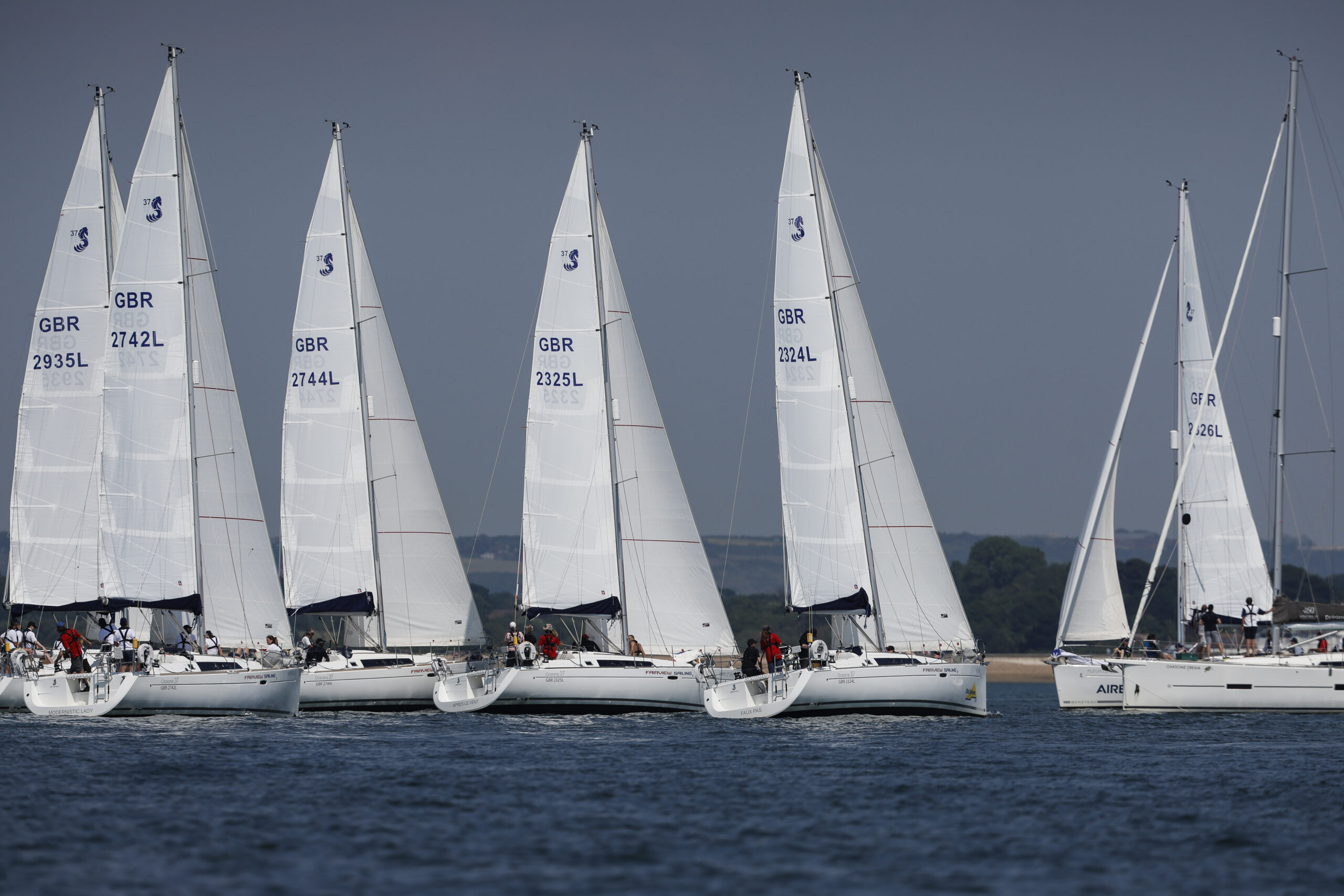The Solent is one of the most renowned sailing destinations in the UK, offering stunning scenery, historic harbours, and exciting Solent Sailing conditions.
However, it is also famous for its complex tidal patterns, which can be challenging for beginners. Understanding and planning for the tides is essential for a safe and enjoyable bareboat sailing experience.
Here’s a practical guide to help you navigate the Solent’s tides with confidence – perfect for when you’re sailing with us from our base in Port Hamble Marina.
Understanding the Solent’s Tidal Patterns
The Solent’s tides are primarily driven by the interactions between the Atlantic Ocean and the English Channel. Due to its geography, the area experiences double high waters, meaning two high tides occur in quick succession with a brief stand in between. This unique feature makes tidal planning particularly important.
Tidal streams in the Solent can be strong, often reaching speeds of up to 4 knots in places such as the Needles Channel and the entrance to Portsmouth Harbour. If you’re not prepared, these currents can significantly impact your boat’s speed and direction.
Planning Your Passage
Check Tide Tables and Tidal Stream Atlases – Before setting off, consult tide tables for high and low water times, and use a tidal stream atlas to understand the flow of currents throughout the day.
Use the Tides to Your Advantage – Plan your passage to work with the tidal streams rather than against them. Sailing with the tide can make your journey faster and more efficient, while fighting against it can be slow and exhausting.
Beware of Overfalls and Strong Currents – Areas such as Hurst Narrows and Bembridge Ledge can have powerful currents and overfalls, especially in wind-against-tide conditions. Checking weather forecasts and sea state reports is essential.
Time Your Harbour Entries and Exits – Ports like Lymington, Cowes, and Portsmouth have strong tidal flows at their entrances. Arriving or departing at the wrong time can make manoeuvring difficult, so time your approach carefully.
Practical Tips for Beginners
Use Transits and Landmarks – Tidal currents can cause sideways drift. Use shore markers and transits to stay on course.
Keep a Close Eye on Your Speed Over Ground (SOG) – Your boat speed through the water may differ significantly from your actual speed over ground due to tidal currents.
Be Flexible – Tides don’t always behave exactly as predicted. Have a backup plan and remain adaptable.
By mastering these tides, your Solent Sailing experience will be more efficient but also enhance your overall confidence on the water.
Contact the team today to book your next Solent Sailing adventure.





